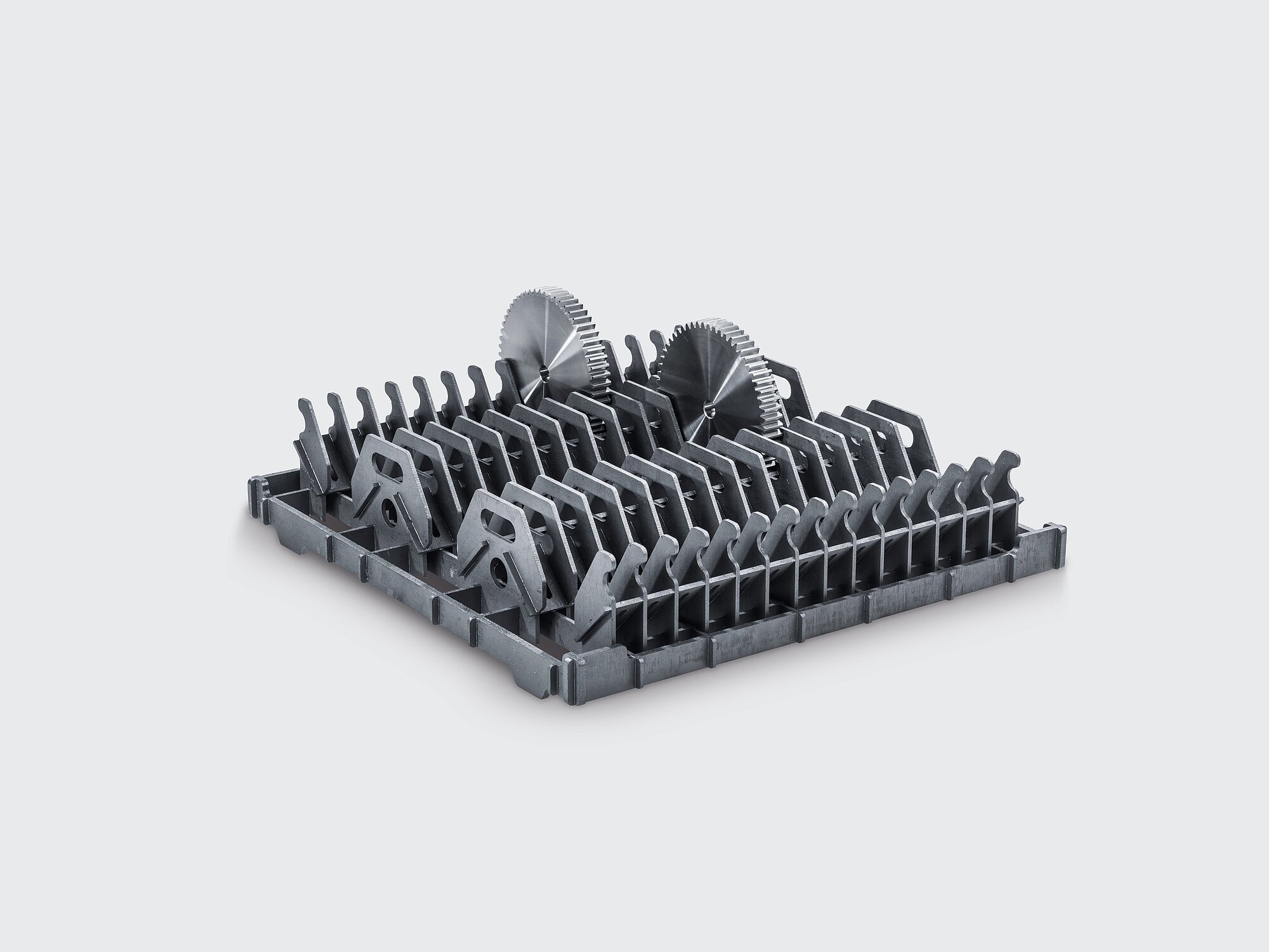Typical properties of the material
- Light (perfect for automation in heat treatment)
- Low open porosity (perfect for oil quenching)
- High strength
- Fracture resistant
- Thermal shock resistant
Materials
Our portfolio offers two types, that can also be combined for optimum compatibility to your process:
- SIGRASIC Standard with fabric reinforcement
- SIGRASIC Performance with unidirectional reinforcement





